
Chapter 14. Chapter 14: Population Ecology
Review & Rehearse

Instructions
Review the visual summaries and answer the essay questions below.
Make sure to enter a brief response that completely answers each question and explains your reasoning. When you click "Submit," you will be provided instant feedback, allowing you to check if your response is correct.
(This activity contains 15 total essay questions. Each new question will be revealed once you complete the preceding question.)
1.


1. Which type of interaction does population ecology, a subfield of ecology, focus on?
2.
2. Why can we not study ecological processes within an individual?
3.
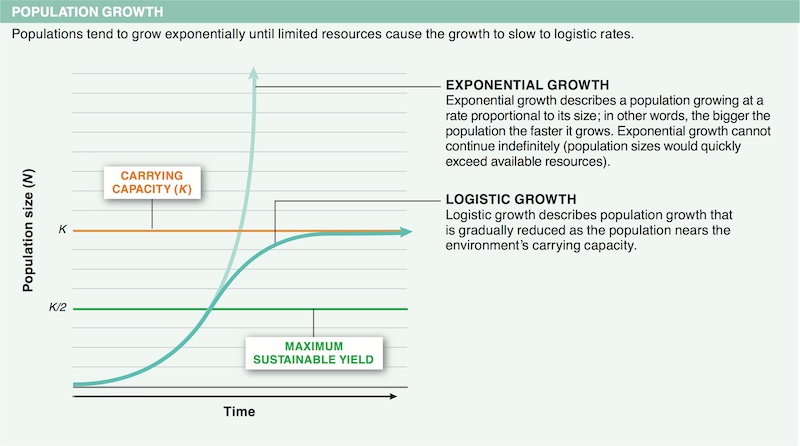
3. If a mating pair of a particular species produced one surviving offspring what would we expect to happen to the population size? Why?
4.
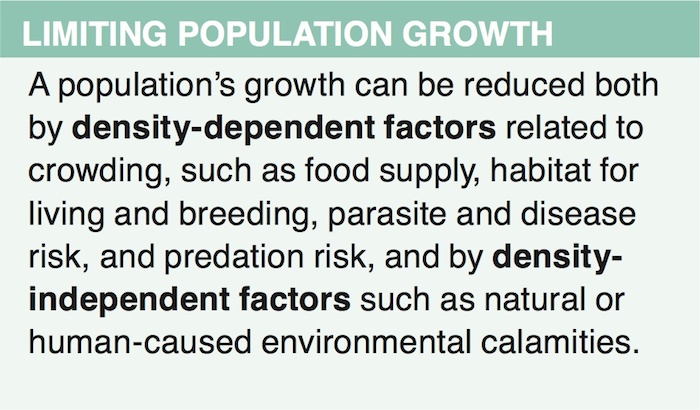
4. Explain the differences between density-dependent and density-independent factors that can limit a population’s growth. Give an example of each.
5.
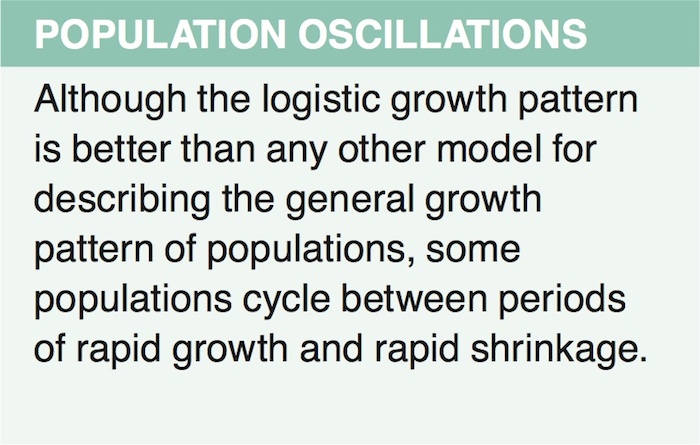
5. Describe two examples of natural populations whose growth patterns deviate from the typically-seen logistic growth.
6.
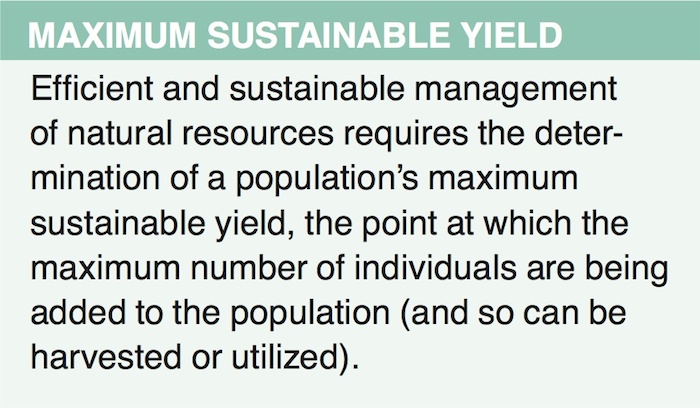
6. Explain the difference between maximum yield and maximum sustainable yield in a population.
7.

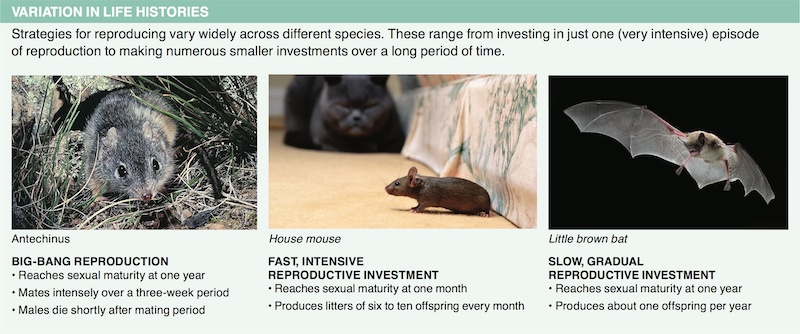
7. What information do you need to know to determine an organism’s life history?
8.
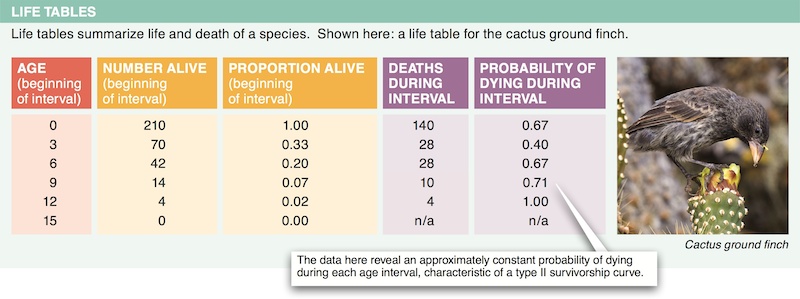
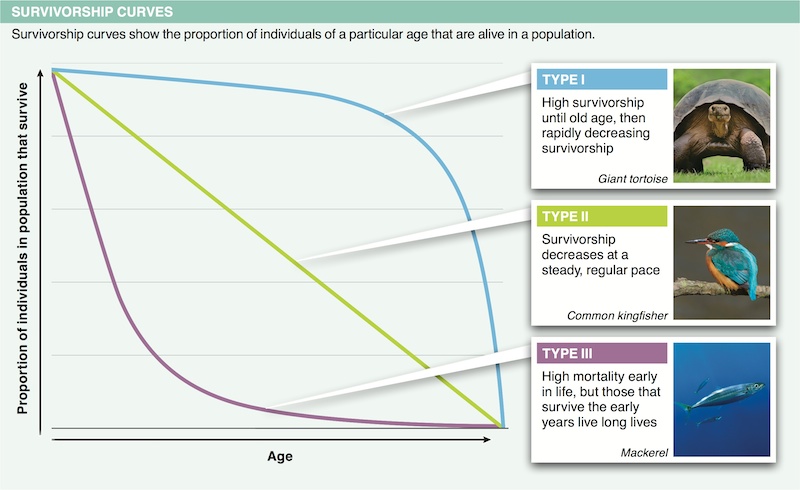
8. Describe the reproductive and survival characteristics of an organism with a Type I survivorship curve.
9.
9. In a situation where an organism has a short breeding season, how would you expect the number of offspring per litter to compare to organisms with longer breeding seasons?
10.


10. Explain how natural selection “weeds out” alleles that cause sickness and death early in life.
11.

11. Why do some species have individuals with very long lives, while others do not? How could the life span of any species be extended?
12.
12. Describe the process by which researchers were able to increase the life span of fruit flies.
13.

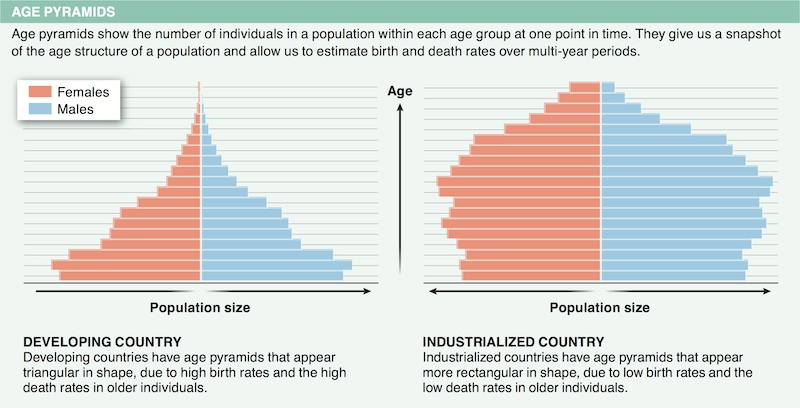
13. Why is it useful for a society to know the relative numbers of 10-, 30-, and 80-year-olds in its population?
14.

14. What is meant by a “demographic transition”?
15.

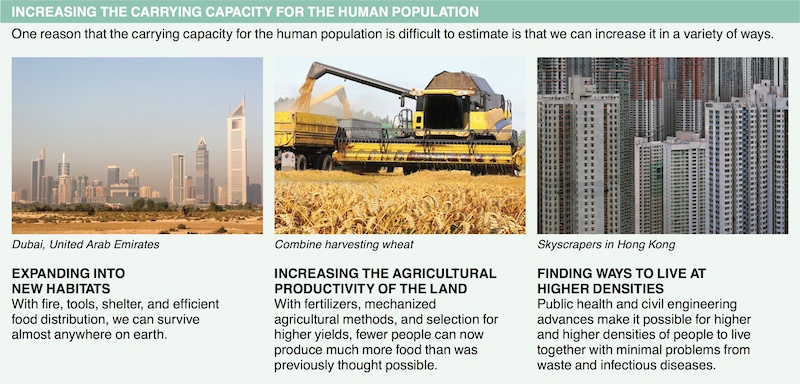
15. Why is the ecological footprint of the 1.25 billion people currently living in India much smaller than that of Japan?
Activity results are being submitted...